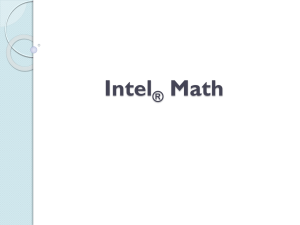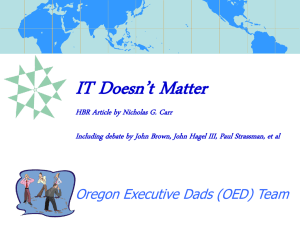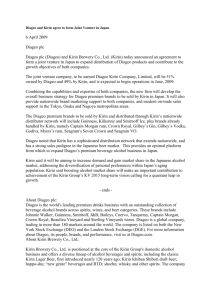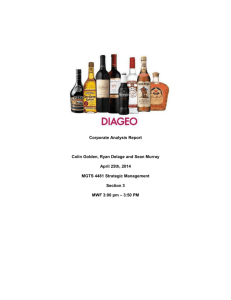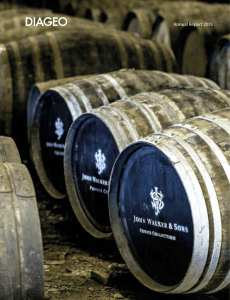Document
advertisement
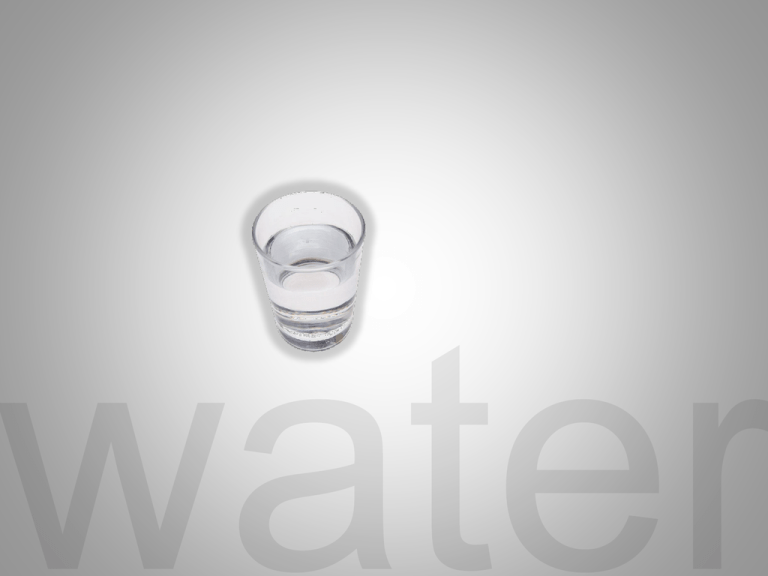
©2008 DOMANI Water risk can be managed internally. Water risk can be managed effectively only with stakeholder input. The Coca-Cola Company 2007 - Water neutrality goal to reduce operational water footprint and offset (or balance) the water used in TCCC’s products through locally relevant projects: Reduce water use ratio while growing unit case volume Goal: Be the most efficient water user among peer companies. Improve water use efficiency by 20% by 2012, compared with a 2004 baseline. Recycle the water used in operations Goal: Return to the environment, at a level that supports aquatic life and agriculture, all water used in manufacturing operations by the end of 2010 through comprehensive wastewater treatment. ©2008 DOMANI Replenish the water used through community water access, watershed restoration and protection, agricultural water use efficiency, and education and awareness campaigns Goal: Expand global support of healthy watersheds and sustainable community water partnerships to balance the water used in finished beverages by 2020. Diageo 2015 Targets Water: Increase water efficiency in operations by 30%, including reducing 'water wasted' by 50%, at operations located in water stressed geographies between 2007 and 2015. Wastewater: Reduce the polluting power (measured as BOD) of effluent from plants by 60% between 2007 and 2015. ©2008 DOMANI One Million Challenge: “As a target under Diageo’s Water of Life corporate citizenship program, the One Million Challenge aims to reach one million people in Africa with clean, safe and sustainable drinking water by the end of 2007, and will continue to set stretching targets to reach individuals year on year until 2015.” Water stewardship is a central part of “Performance with Purpose”— PepsiCo’s mission to deliver sustainable growth by investing in a healthier future for people and our planet. April 2010 organized around a straightforward premise: “We will respect the human right to water through world-class efficiency in our operations, preserving water resources, and enabling access to safe water.” Specifically, committed to: IMPROVING water use efficiency by 20% per unit of production by 2015; STRIVING for “positive water balance” in operations in waterdistressed areas; and PROVIDING access to safe water to 3 million people in developing countries by the end of 2015. Working to reach these goals by minimizing the impact business has on the environment and collaborating with industry peers, governments, academia, NGOs, and communities. ©2008 DOMANI PepsiCo Intel Responsible Water Management Since 1998 - invested more than $100 million in water conservation programs. At some locations - take back gray water from local municipal water treatment operations for use at our campuses. Arizona – partnered with the City of Chandler to implement a progressive water management system. Onsite RO facility and aquifer storage of discharged water. India - water treatment and reuse plan Intel recaptures and reuses 100% of water used. ©2008 DOMANI Massachusetts (Hudson) - established a $1.5 million Assabet Groundwater Recharge Fund to support projects that help replenish the Assabet River and its tributaries. Intel Water Footprint Analysis Categorized water use in 2009 according to activity: Scope 1 (direct operations), Scope 2 (related to energy use), and Scope 3 (supply chain use). The largest impact on water use (66%) is from direct operations. ©2008 DOMANI Scope 3 water use activities potentially include those from logistics, employee travel and commuting, product use, and Intel’s supply chain. Analysis of the supply chain to “first tier” suppliers – companies that provide raw materials (such as chemicals, wafers, and gases) directly used in our manufacturing process.


